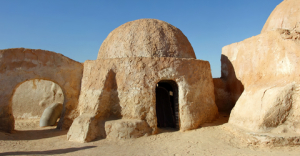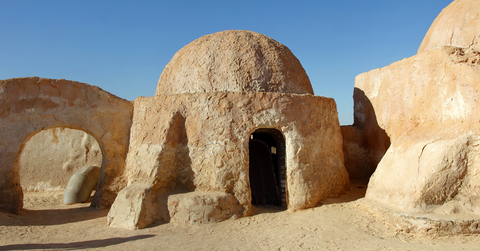
Christians are familiar with how the body metaphor communicates the unity in diversity that believers have in Christ. The apostle Paul used it repeatedly in his writings to communicate the unity in diversity within the body of Christ, as in Romans 12:4–5: “For as in one body we have many members, and the members do not all have the same function,so we, though many, are one body in Christ, and individually members one of another.” It seems that Paul used an idea that already existed within ancient Greek and Roman philosophy to communicate the Christian gospel to them. In his work Coriolanus, the historian Plutarch attributed the origin of the body metaphor to a Roman aristocrat, Menenius Agrippa.
In the 5th century BC, the plebian lower class of Rome was on the verge of a revolt because of the callous treatment they received from upper class Roman money-lenders. In a mass protest, the plebes left Rome and encamped on the Sacred Mount. The Roman Senate sent a diplomatic team, led by Menenius Agrippa. He concluded his gentle requests and persuasions with the following tale.
All the members of man’s body rebelled against the stomach. They complained that it did nothing for the maintenance of the rest of the body. But “all other parts and members did labour painfully, and were very careful, to satisfy the appetites and desires of the body.” The stomach laughed at their folly and said: “It is true, I first receive all meats that nourish man’s body: but afterwards I send it again to the nourishment of other parts of the same.” So it was with the Senate: “The Senators are cause of the common commodity that cometh unto every one of you.”
These words and the promise of political changes pacified the plebes, who returned to the city. And so the revolt was averted. The Plebes returned to fight in the Roman armies; and the rest is, as they say, “history.”
Stoic philosophy, which was popular during the time of Paul’s preaching, also applied the imagery of head and body to God and the universe. John Thom in The Dictionary of New Testament Background described Stoic theology “as a monistic and materialistic pantheism, in which God permeates all of nature, from the cosmos as a whole down to the most lowly physical object.” Nothing existed outside of the world and its material principles.
God is an immanent ordering and creative principle that is present in all things as fine, fiery substance or pneuma, which gives everything its form and internal cohesion. God is also an active principle or reason (logos) that acts upon matter. “Since all of nature is imbued with the universal reason (logos), all events form part of a goal-directed rational process … nothing is left to chance.” Everything is providentially arranged. There is a season and a time for everything.
Happiness was found in attaining one’s goal as a human being, which Diogenes Laertius said was: “to live in agreement with nature.” This meant people were to live in agreement with their rational nature as well as the nature of the universe. Stoic happiness did not depend upon attaining positive things like health and wealth, but on making the right choices to attain them. “Happiness therefore depends on what is in our power (i.e., making rational choices) and not on things beyond our power (i.e., attaining wealth or being healthy).”
A choice was right only if it was made consciously and for the right reasons. There was only a right or a wrong judgment; there are no intermediate possibilities. So two identical actions could be valued differently, depending upon the person’s motivation in performing the action. “Only the truly wise person is able to make the right judgments and thus perform correct and virtuous actions, but Stoics admitted that there are very few, if any, truly wise people.”
Everything in nature was rationally and providentially arranged. “The wise person therefore accepts his or her fate willingly without trying to resist, because it is at the same time the divine will and providence.” The Stoics denied that this was determinism. Even if the individual could not change what was fated, they still had the freedom to accept their fate voluntarily or be forced to submit to it.
The Force in the Star Wars movies seems to be a modernized version of the Stoic Logos. There was also a Dark Side to the Stoic universe. Universal purpose and design was offset with chaos. Destruction and devastation seems to frequently overrun purpose and design. The universe could often be a dangerous place. Thus the Stoic’s call to align with the natural order, the Logos. We might say that Stoics were exhorted to “use the force” of the Logos to overcome the darkness of uncertainty.
The major distinction between Stoicism and Christianity is the pantheism of Stoic thought, where the universe was God: “For there is one Universe out of all, one God through all, one substance and one law, one common Reason of all intelligent creatures and one Truth.” (Marcus Aurelius, Meditations)
In Christianity, the transcendent God created the universe: “In the beginning was the Word [logos], and the Word was with God, and the Word was God. He was in the beginning with God. All things were made through him, and without him was not any thing made that was made.” (John 1:1-13)





